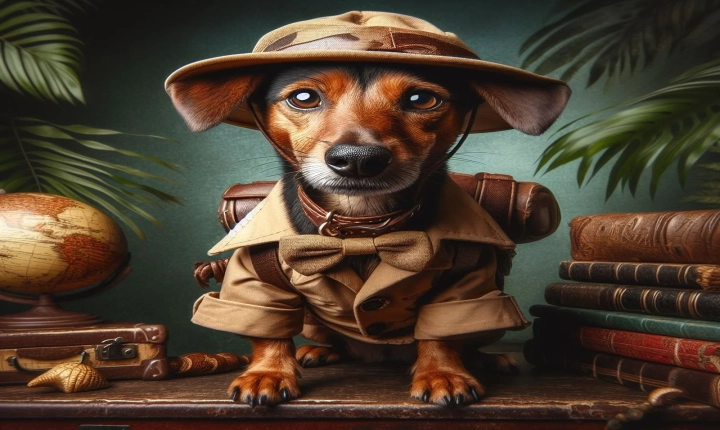AI technology in camera: Revolutionizing the photography and videography industry
Artificial intelligence (AI) technology has been revolutionizing various industries, and the photography and videography industry is no exception. With the integration of AI technology, cameras have evolved to offer enhanced features and capabilities that were once unimaginable. From intelligent autofocus to advanced image processing, AI is reshaping the way we capture and create visual content.
One of the most significant advancements in camera technology is the integration of AI-powered autofocus systems. Traditional autofocus systems relied on predetermined focus points and algorithms to track and adjust focus. However, AI-powered autofocus goes a step further by leveraging machine learning algorithms to recognize and track subjects in real-time. This allows for more accurate and precise focus, even in challenging conditions such as low light or fast-moving subjects. As a result, photographers and videographers can capture sharper and more compelling images and footage with ease.
Moreover, AI technology has transformed the way images are processed and enhanced within the camera. Cameras equipped with AI image processing capabilities can analyze scenes in real-time and optimize various parameters such as exposure, color balance, and noise reduction to produce stunning results. This not only simplifies the post-processing workflow but also ensures that every captured image meets the highest quality standards.
Another notable application of AI in camera technology is the implementation of intelligent scene recognition and optimization. Through machine learning algorithms, cameras can now identify various scenes, objects, and faces in real-time, enabling the automatic adjustment of settings to achieve the best possible results. For example, AI-powered cameras can instantly recognize a landscape environment and optimize the settings for vibrant colors and enhanced dynamic range, or identify a portrait scenario and apply flattering skin tones and background bokeh effects.
Furthermore, AI technology has opened up new creative possibilities for photographers and videographers through features such as smart composition aids and predictive framing. With the ability to analyze composition and provide real-time suggestions, AI-equipped cameras can assist users in framing their shots for better balance and visual impact. Additionally, predictive framing uses machine learning to anticipate and capture the perfect moment, such as expressions or actions, ensuring that no critical moment is missed.
In the realm of videography, AI technology has also played a pivotal role in advancing camera capabilities. AI-powered video stabilization offers smooth and steady footage, even in challenging conditions, allowing for professional-looking results without the need for bulky stabilizing equipment. Moreover, AI-driven subject tracking enables effortless focus and framing of moving subjects, ensuring consistent visual quality throughout the recording.
While AI technology has brought about remarkable advancements in camera capabilities, it also raises important considerations regarding privacy and ethical use. As cameras become more intelligent and capable of recognizing individuals and objects, ensuring privacy and data security is paramount. Furthermore, the ethical use of AI in cameras, particularly in surveillance and public spaces, demands careful attention to prevent misuse and infringement of privacy rights.
In conclusion, the integration of AI technology in camera systems has propelled the photography and videography industry into a new era of innovation and possibilities. From intelligent autofocus and image processing to advanced scene recognition and predictive framing, AI-equipped cameras empower users to capture breathtaking visuals with unprecedented ease and precision. As AI technology continues to advance, the future of camera technology promises even more exciting capabilities, further blurring the lines between human creativity and artificial intelligence.
